Functional CRISPR dissection of gene networks controlling human regulatory T cell identity
- PMID: 32989329
- PMCID: PMC7577958
- DOI: 10.1038/s41590-020-0784-4
Functional CRISPR dissection of gene networks controlling human regulatory T cell identity
Abstract
Human regulatory T (Treg) cells are essential for immune homeostasis. The transcription factor FOXP3 maintains Treg cell identity, yet the complete set of key transcription factors that control Treg cell gene expression remains unknown. Here, we used pooled and arrayed Cas9 ribonucleoprotein screens to identify transcription factors that regulate critical proteins in primary human Treg cells under basal and proinflammatory conditions. We then generated 54,424 single-cell transcriptomes from Treg cells subjected to genetic perturbations and cytokine stimulation, which revealed distinct gene networks individually regulated by FOXP3 and PRDM1, in addition to a network coregulated by FOXO1 and IRF4. We also discovered that HIVEP2, to our knowledge not previously implicated in Treg cell function, coregulates another gene network with SATB1 and is important for Treg cell-mediated immunosuppression. By integrating CRISPR screens and single-cell RNA-sequencing profiling, we have uncovered transcriptional regulators and downstream gene networks in human Treg cells that could be targeted for immunotherapies.
Figures
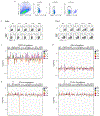
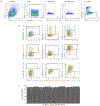
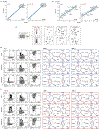
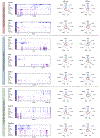



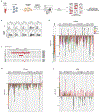

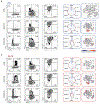
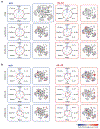
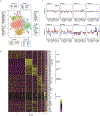

References
References - Online Methods:
Publication types
MeSH terms
Substances
Grants and funding
LinkOut - more resources
Full Text Sources
Other Literature Sources
Research Materials
Miscellaneous

